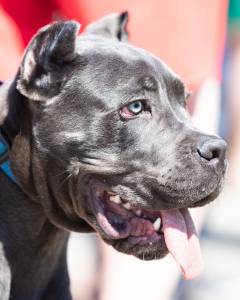
Recognizing the Signs
Fleas are small, wingless insects that survive by feeding on the blood of animals. If your dog has fleas, you may notice them scratching or biting at their skin more often than usual. Flea bites can be itchy and uncomfortable, so your dog may exhibit signs of irritation or restlessness. Another common sign of fleas is the presence of “flea dirt” – black specks that resemble ground pepper – on your dog’s skin or in their fur. This is actually flea feces and is a telltale sign of a flea infestation.
Checking for Fleas
To check if your dog has fleas, start by parting their fur and examining their skin, particularly around the neck, back, and hindquarters. Look for any signs of flea dirt, redness, or small dark insects moving through the fur. You can also use a fine-toothed flea comb to comb through your dog’s fur, paying close attention to areas where fleas tend to congregate, such as the base of the tail and around the ears. If you notice any unusual specks or insects, it’s important to take action to address the flea infestation.
Addressing the Issue
If you suspect that your dog has fleas, it’s essential to take steps to address the issue promptly. Start by consulting your veterinarian, who can recommend safe and effective flea treatment options for your dog. This may include topical treatments, oral medications, or flea collars. Additionally, you’ll need to treat your home and yard to prevent reinfestation. Vacuuming regularly, washing your dog’s bedding, and using flea control products in your living space can help eliminate fleas and their eggs.
Preventing Future Infestations
Once you’ve addressed a flea infestation, it’s crucial to take steps to prevent future occurrences. Regular grooming and bathing can help you keep an eye out for fleas and maintain your dog’s overall health and hygiene. Using preventive flea treatments as recommended by your veterinarian can also help safeguard your dog against future infestations. Additionally, keeping your home and yard clean and treating them with flea control products as needed can help minimize the risk of fleas taking hold in your living environment.
Fleas can be a nuisance for dogs and their owners, but by knowing how to recognize the signs of a flea infestation and taking proactive measures to address and prevent it, you can help keep your dog comfortable and healthy. If you suspect that your dog has fleas, don’t hesitate to seek guidance from your veterinarian. By working together, you can effectively manage flea infestations and ensure the well-being of your beloved canine companion.






